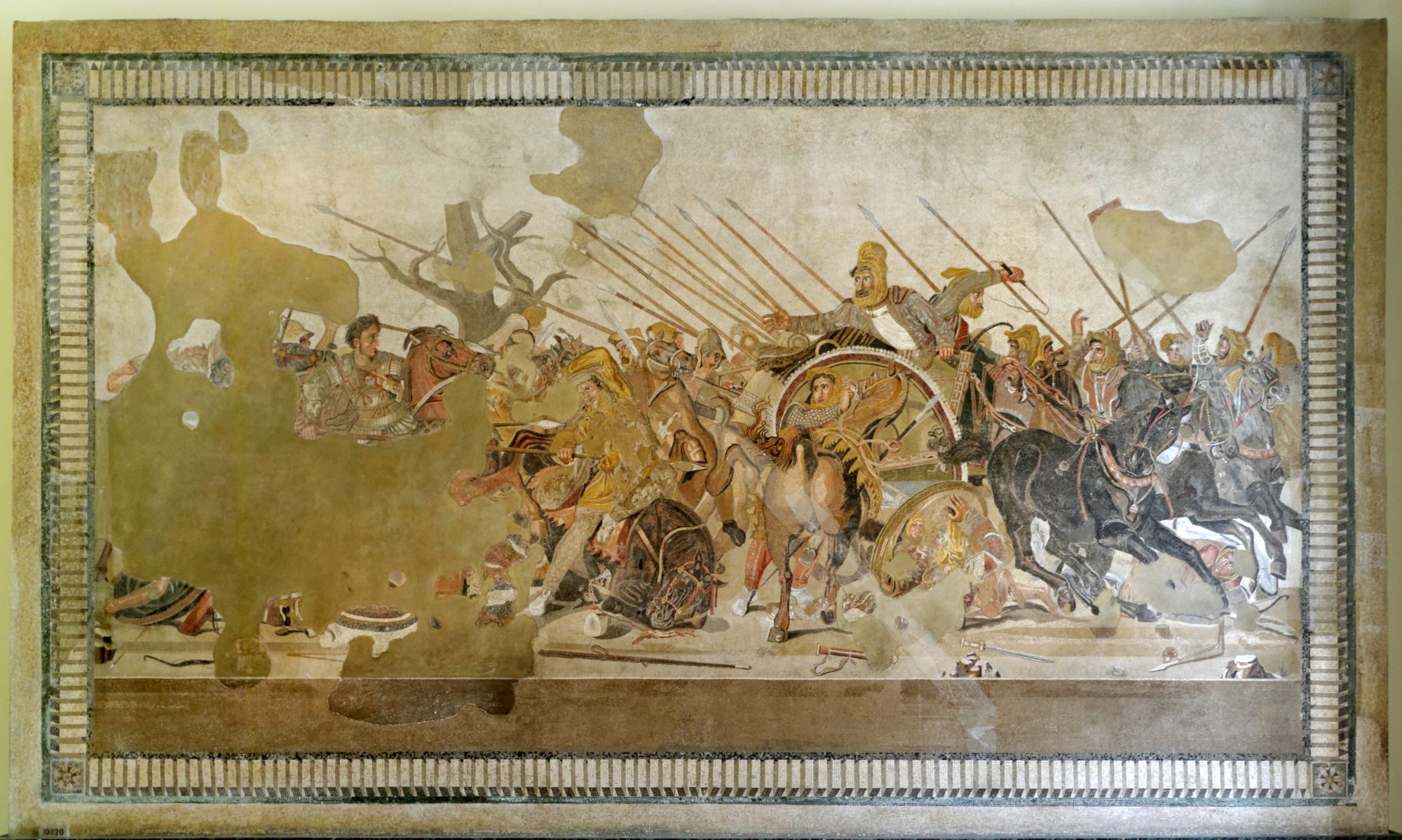Hardcover: 304 pages
Publisher: Bloomsbury Sigma (22 Oct. 2015)
Language: English
ISBN-10: 1472911172
ISBN-13: 978-1472911179
http://www.amazon.co.uk/Breaking-Chains-Gravity-Spaceflight-before/dp/1472911172
Good books have a smooth, attractively designed dust jackets that cling snugly to stiffly bound covers. There is a soft, comforting waft of quality compressed paper and ink as the pages fan down from under your thumb. These elements all come together not only to provide a good reading experience, but a good product that you are proud to own and take care of as well.
Therefore to begin with I’m going to give my usual hat doff to the publishers, Bloomsbury Sigma, the science imprint of the international publishing group. This book has all of the above and as a result is a very well produced volume. It’s got an understated, quirky sort of “Tomorrowland” cover that compliments the theme, a very deadpan Wernher von Braun holds a model rocket flanked by a laughing President Eisenhower and a smiling Neil Armstrong, perhaps he just told an effective double entendre or otherwise he’s not getting the joke. Anyway, a big thumbs up from me for not doing any gold embossing that rubs off if you carry it around too much (because in addition to being an attractive thing, a book should be able to take being held or transported for extended periods), well done guys.
The nuts and bolts of the book are, 263 reading pages, this is including the preface and subtracting the facing pages and end sections which include a contents at the front, and glossaries of people, places and organisations and rockets, a bibliography, acknowledgements and index at the back. In the centre there is an 8 page image section of 24 images, with an average of 3-4 pictures per page 2 of which are in colour.
It was surprising to find out that the idea of a space station was dreamt up in 1952, and the concept of a manned mission to Mars also has its origins around this time. Why? Because all of a sudden new and powerful rockets had unlocked the key to spaceflight. Breaking the Chains of Gravity tells the up and down story of Spaceflight before NASA (literally in some cases). It is the first book to be written by popular Space Historian, vlogger, blogger, and writer Amy Shira Teitel and without a doubt this will be a feast for Space-fans, students, and lovers of good history writing no matter who they are. As she points out in the preface, most books about the history of American Space exploration begin with President Kennedy pledging to put a man on the moon, however the reason he was able to make his extravagant promise is not always made clear, nor indeed is the story of how NASA was able to rise to his challenge. Those who think the Space Administration was created in a vacuum are in for a real jolting negative G moment, and those searching for the background to NASA story have just had their prayers answered. Have no fear about ending up lost in bewildering a gimbal lock, because one of the main goals of this book is clarity and approachability, take it from me I’m quite new to all this myself.
Starting with the first German Hobbyists who began experimenting with Rockets in the 1920’s, a fair portion of the first half of the book examines the efforts of the German scientists like Valier and von Braun, the latter of whom remains a central figure of the story, as they try to perfect a high altitude rocket that could be launched into Space. It continues through WW2 and shows how the ideas of these German geniuses were turned into devastating military weapons, and how they eventually ended up in America tackling the challenges of surmounting first the Sound Barrier and then achieving Escape Velocity. The story of Rocketry, the German influence and the subsequent disjointed American effort is integral to the book, highlighting the desperate need for a unified Space administration in the United States, especially after the Russians launched Sputnik and it ends with the creation of NASA. Alongside these men of intellect are the daring test pilots (and a few monkeys, mice and a dog) and alongside these daring men are their machines, from rocket cars to V-2’s to X-planes, Gee Whiz soap car simulators, Highman balloon capsules and an array of mighty rockets there is a real spread of gadgetry, innovation and aircraft to get your teeth into.
I am really blown away by the way this book balances narrative and information. A really compulsive story, excellently and engagingly told, effortlessly carries the burden of fact and detail with as much deceptive ease as a Redstone Rocket. Expertly taking you from start to finish without dragging or slowing down, the writing hits just the right tone and never goes out of tune. This I found to be an excellently crafted and addictive read, a real blast of a book that to be honest I liked from the first sentence and would be an excellent gift. I will have no hesitation in recommending this book in the future.
Josh.















You must be logged in to post a comment.